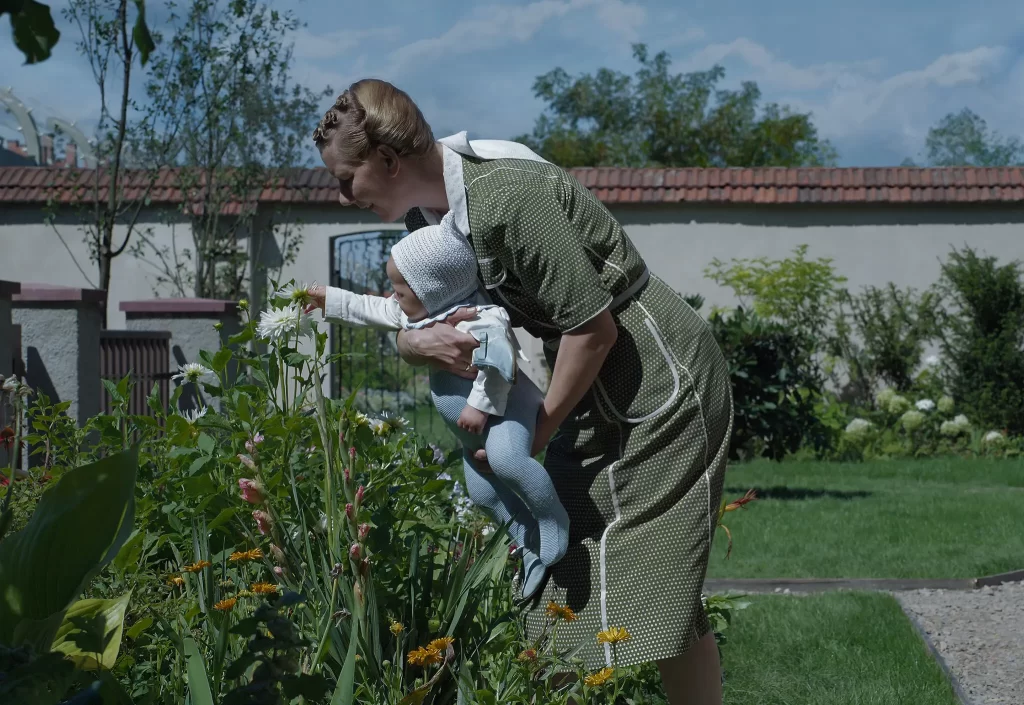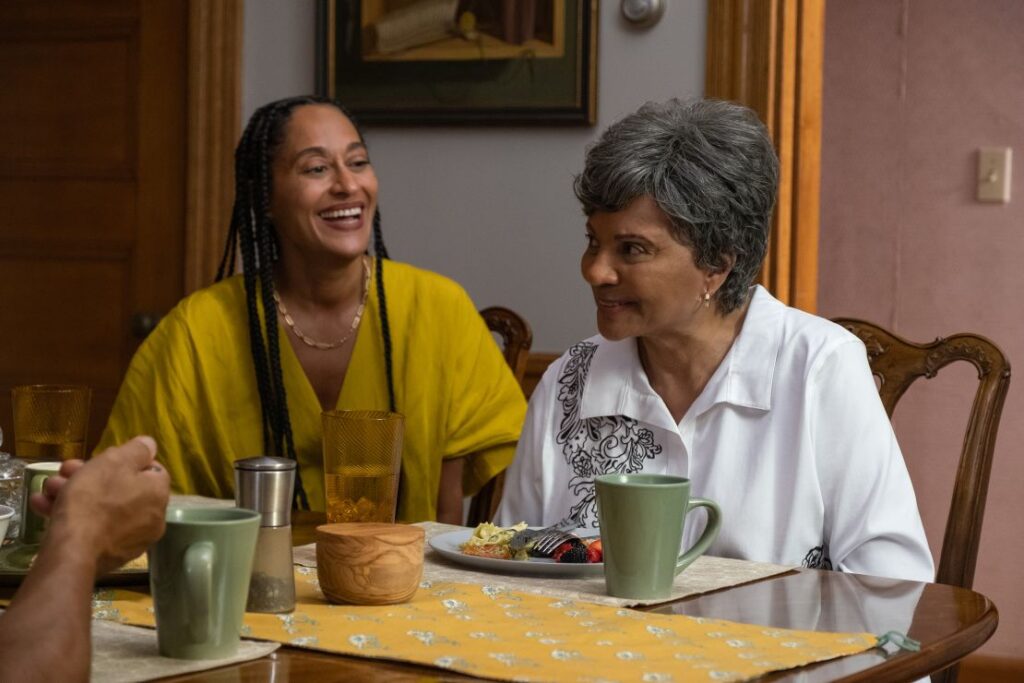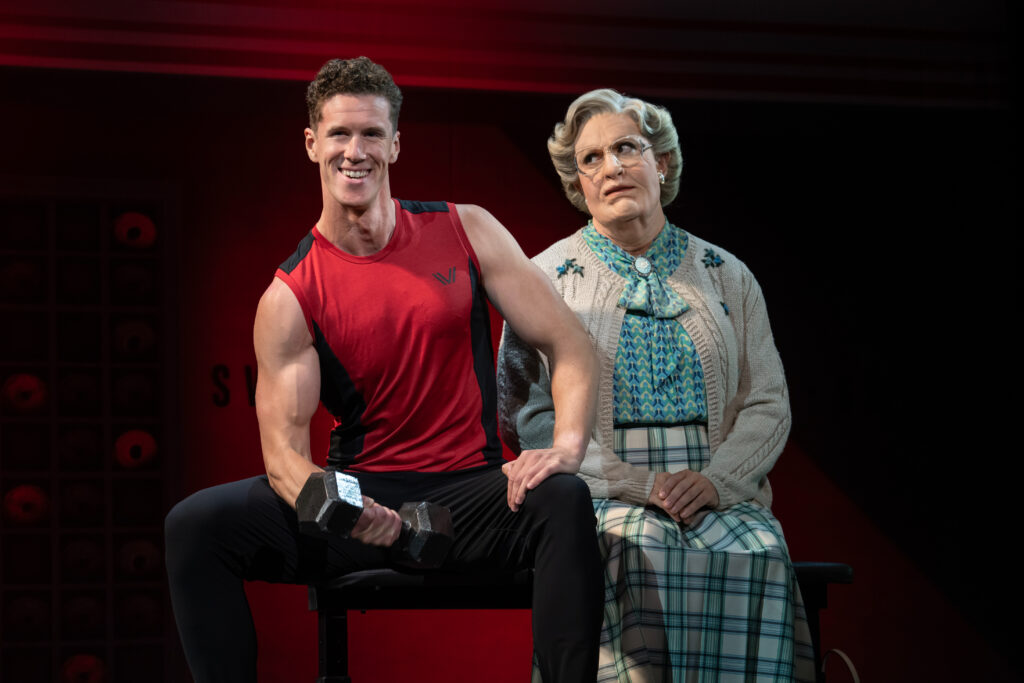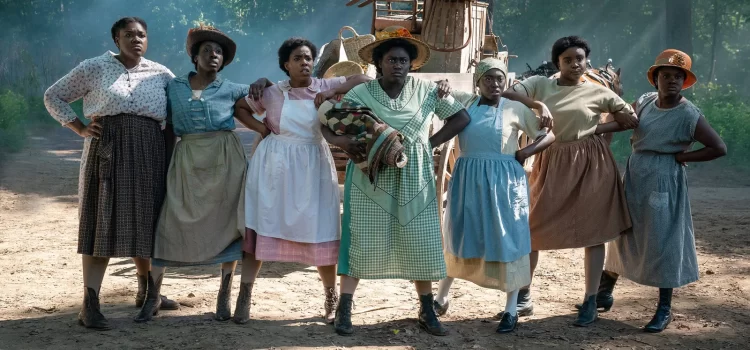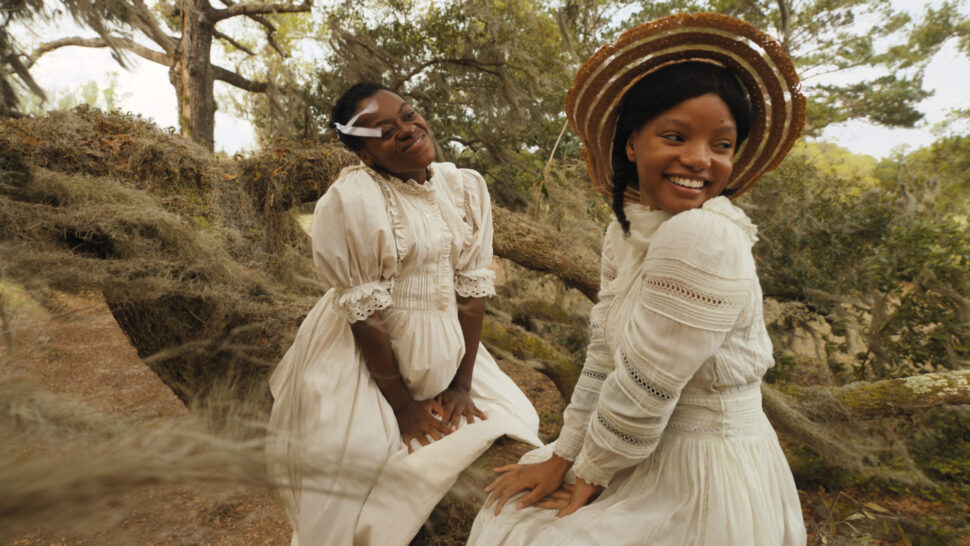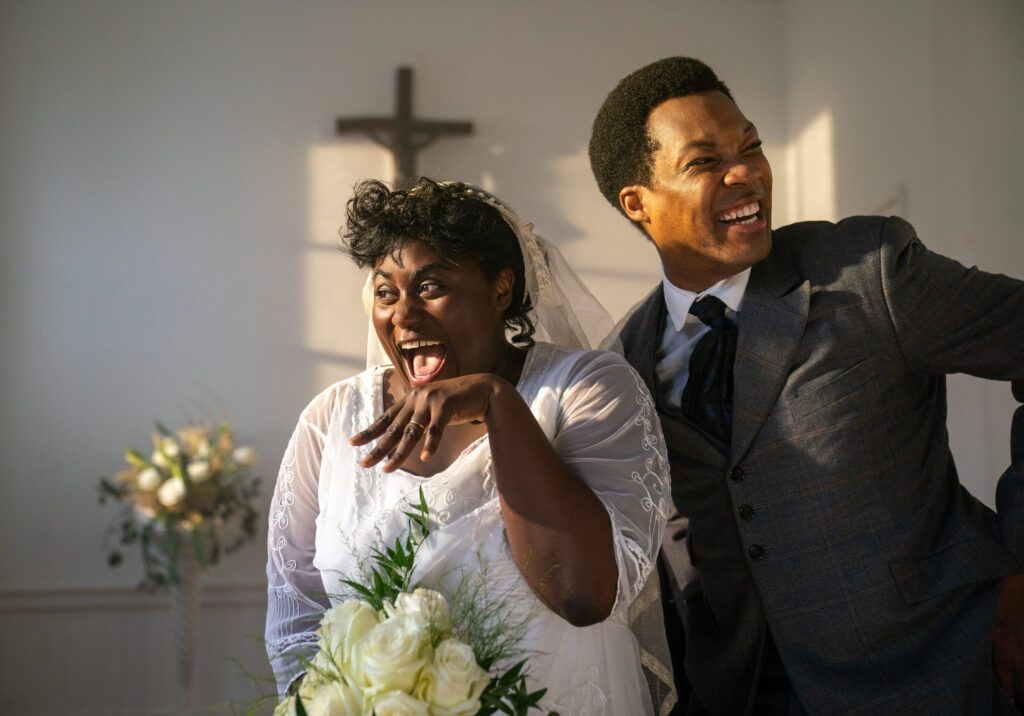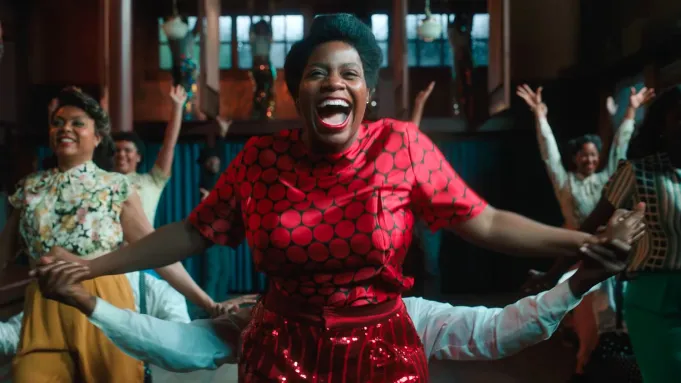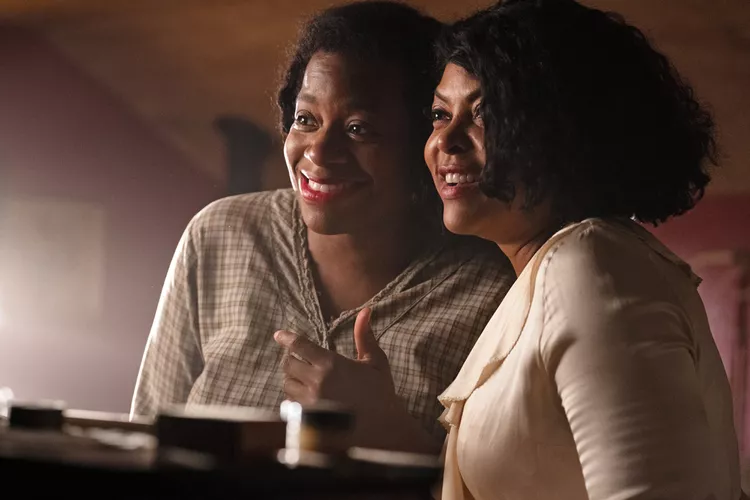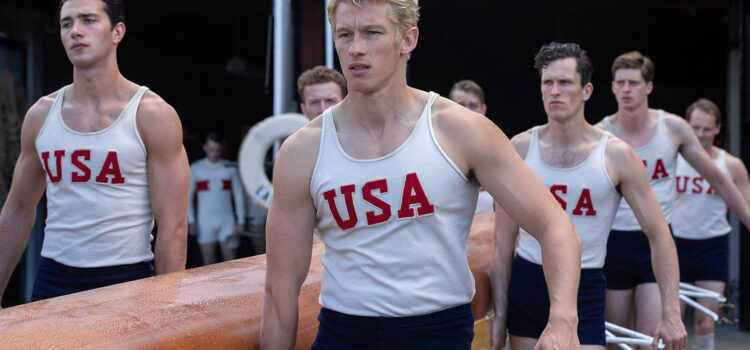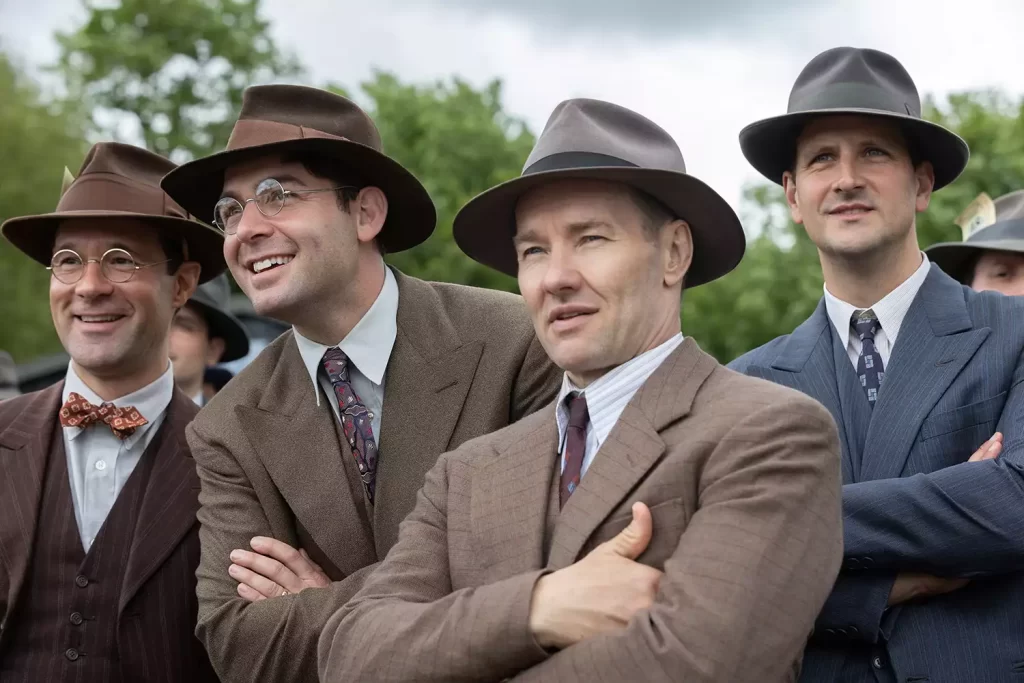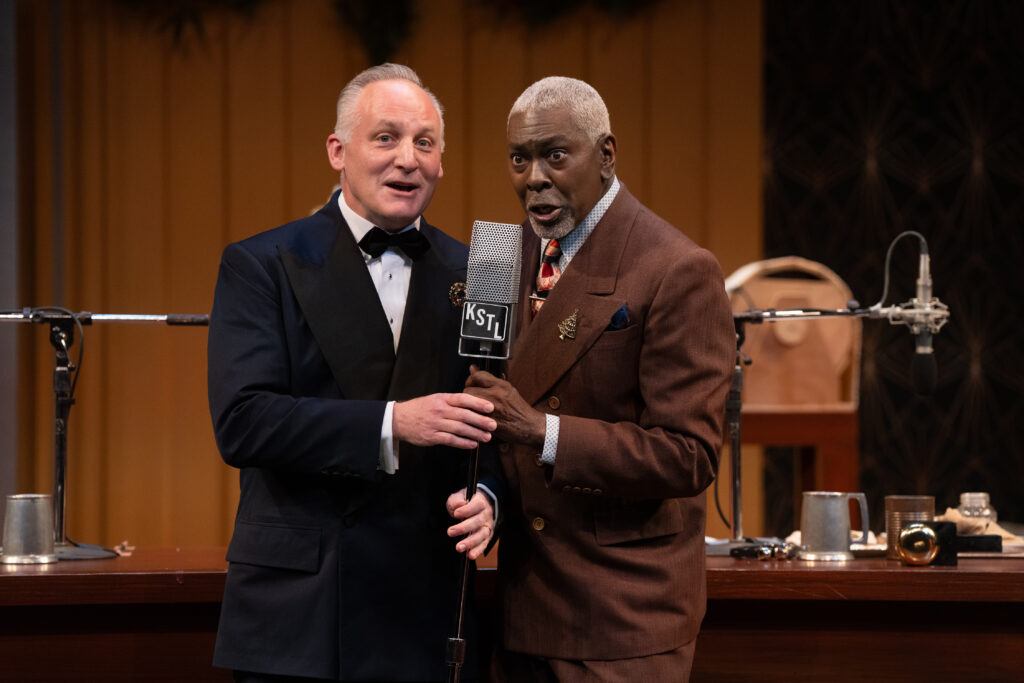By Lynn Venhaus
I admit it. I was skeptical of the whole ‘Barbenheimer” match-up that same week in July. But you know what? It worked — the two biggest movies of the year, and two of the most critically acclaimed. They couldn’t have been more different, and they dominated the film conversation.
They’re my one-two punch. Eight of my Top Ten received Academy Award nominations for Best Picture.
I was not on the bandwagon for “Poor Things,” or “Killers of the Flower Moon” (but yet I acknowledge the technical prowess, and Lily Gladstone was robbed).
As part of the team at Webster-Kirkwood Times, we publish our Top Ten in alphabetical order, then on KTRS Radio, I only did my Top Ten, but here, I get to give as many films and people I want to a trophy, a shout-out. It’s my list, so without further ado, here’s my favorites. (And I really did see about 150 films.)
1. Oppenheimer
Director Christopher Nolan’s erudite character study on American theoretical physicist J. Robert Oppenheimer is a stunning achievement in sight, sound, story, and scope. A big-brained biopic, meticulously crafted like a big-stakes psychological thriller, is bold cinematic grandeur, featuring the year’s best ensemble, cinematography, editing, sound, and tremendous performance by Cillian Murphy in the titular role. He’s nearly on screen the entire time.
2. Barbie
Director and co-writer Greta Gerwig crafted an irresistible female-fantastic self-aware fantasy-comedy that brims with great gags, first-rate actors (Kenergy!), and vibrant visuals. Gerwig and co-writer Noah Baumbach’s toy story takes a closer look at a fashion doll icon in a clever and inventive way, and says so much about us through a splendid cast. Margot Robbie and Ryan Gosling anchor one of the year’s best ensembles: America Ferrera , Kate McKinnon and Michael Cera add flavor, and the bevy of cameos evoke big grins.
3. The Holdovers
Tapping into the anger and loneliness of people who find themselves alone at a New England boarding school during Christmas 1970, director Alexander Payne coaxes terrific performances from Paul Giamatti as a misanthrope teacher, Da’Vine Joy Randolph as a grieving cook, and newcomer Dominic Sessa as a student abandoned by his mother and new husband. Screenwriter David Hemingson’s comedy-drama resonates in a rich and deeply satisfying way.
4. Past Lives
A trio of pitch-perfect performances mark Celine Song’s directorial debut on how people we love shape our lives, and what we learn and still carry with us. Greta Lee, Teo Yoo and John Magaro are adults at a crossroads, and express yearning, but from distinctive viewpoints. Song’s script brings up relatable issues to ponder, especially “In-Yun,” the ties of fate that connect two people across lifetimes.
5. Anatomy of a Fall
Justine Triet’s Hitchcockian examination of a mysterious death and a troubled marriage is a riveting crime case, courtroom thriller and family drama that shifts lenses and perspectives for nearly 2 hours and 31 minutes. Set in the French Alps, Sandra Huller is riveting as the accused wife, whom you are not always sympathetic with, and Milo Machado-Graner is sensational as her 11-year old son.
6. The Zone of Interest
Constructed in such a way as to be more disturbing about what you don’t see and can only imagine based on historical accuracy. Director Jonathan Glazer focuses on the mundane daily life of Nazi mastermind Rudolph Hoess (Christian Freidel) and his family for an unsettling look at the past and a chilling cautionary tale for today. The Hoesses live next door to Auschwitz in their dream home while he is the head commander of the concentration camp. How the Germans normalized the atrocities is haunting.
7. Maestro
Career-best performances from Bradley Cooper as America’s first superstar conductor Leonard Bernstein and Carey Mulligan as his wife, actress Felicia Montealegre, in an intricate portrait of life, art and love. They throw themselves into these roles with a heartfelt and powerful intensity. It’s an uncommon but charismatic exploration, and this passion project has stunning camera work, costumes, production design, sound, hair/makeup and one of the year’s finest scenes: Mahler’s Symphony No. 2 in the Ely Cathedral.
8. American Fiction
A scathing social satire about the current cultural obsession about reducing people to stereotypes is manifested in a remarkable directorial debut by Cord Jefferson. Jeffrey Wright is outstanding as a frustrated novelist-professor who uses offensive tropes in a book written with a pen name and that not only gives him the praise that had eluded him but also enlarges the hypocrisy involved. The sharp jabs against the publishing world and Hollywood entertainment that perpetuates tired cliches delivers some knockout punches, but there is a universal family dynamic as a major part of the journey too that emotionally connects.
9. Air
An exceptional all-star ensemble and Alex Convery’s savvy script with a keen sense of time and place makes this a fascinating underdog story. The tightly-constructed film, based on the game-changing story of Nike landing Michael Jordan, gives the real people their due for their efforts in a sturdy crowd-pleaser deftly helmed by Ben Affleck.
10. Are You There God? It’s Me, Margaret
In her adaptation of the iconic young adult novel, writer-director Kelly Fremon Craig doesn’t hit a false note. With unforced wit and oodles of charm, this empathetic coming-of-age story resonates with every little detail. Abby Ryder Fortson delivers the year’s best juvenile performance.

The Rest of the Best of 2023:
All of Us Strangers
American Symphony
Boston Strangler
The Color Purple
Dream Scenario
Dumb Money
Godzilla Minus One
Guy Ritchie’s The Covenant
The Iron Claw
John Wick Chapter 4
The Last Repair Shop
May December
A Million Miles Away
Nyad
Origin
Perfect Days
Society of the Snow
Still: A Michael J Fox Movie
The Teachers’ Lounge
Tetris

Best Performances by an Actor
- Cillian Murphy “Oppenheimer”
- Bradley Cooper “Maestro”
- Paul Giamatti “The Holdovers”
- Jeffrey Wright “American Fiction”
- Colman Domingo “Rustin”
- Andrew Scott “All of Us Strangers”
- Teo Yoo “Past Lives”
- Koji Yakusho “Perfect Days”
- Paul Dano “Dumb Money”
- Nicolas Cage “Dream Scenario”
(Matt Damon “Air,” Christian Friedel “The Zone of Interest,” Jamie Foxx “The Burial,” Gael Garcia-Bernal in “Cassandro,” and Zac Efron “The Iron Claw” honorable mention)

Best Performances by an Actress
- Lily Gladstone – “Killers of the Flower Moon”
- Carey Mulligan – “Maestro”
- Margot Robbie – “Barbie”
- Aunjanue Ellis-Taylor – “Origin”
- Sandra Huller – “Anatomy of a Fall”
- Greta Lee – “Past Lives”
- Natalie Portman – “May December”
- Annette Bening – “Nyad”
- Leonie Benesch “The Teachers’ Lounge”
- Teyana Taylor “A Thousand and One”
(Alma Poysti “Fallen Leaves,” Cailee Spaeny “Priscilla,” Michelle Williams “Showing Up,” Laurie Metcalf “Somewhere in Queens” honorable mention)

BEST SUPPORTING ACTOR
- Ryan Gosling “Barbie”
- Robert Downey Jr. “Oppenheimer”
- Charles Melton “May December”
- Robert DeNiro “Killers of the Flower Moon”
- Dominic Sessa “The Holdovers”
- Glenn Howerton “BlackBerry”
- Paul Mescal “All of Us Strangers”
- Jamie Bell “All of Us Strangers”
- Dar Salim “Guy Ritchie’s The Covenant”
- John Magaro “Past Lives”
(Sterling K. Brown “American Fiction,” Eddie Marsan “Fair Play,” Jon Bernthal “Origin,” Hugh Grant “Wonka,” Matt Damon “Oppenheimer,” Jacob Elordi “Saltburn” and Sebastian Stan “Dumb Money” honorable mention)
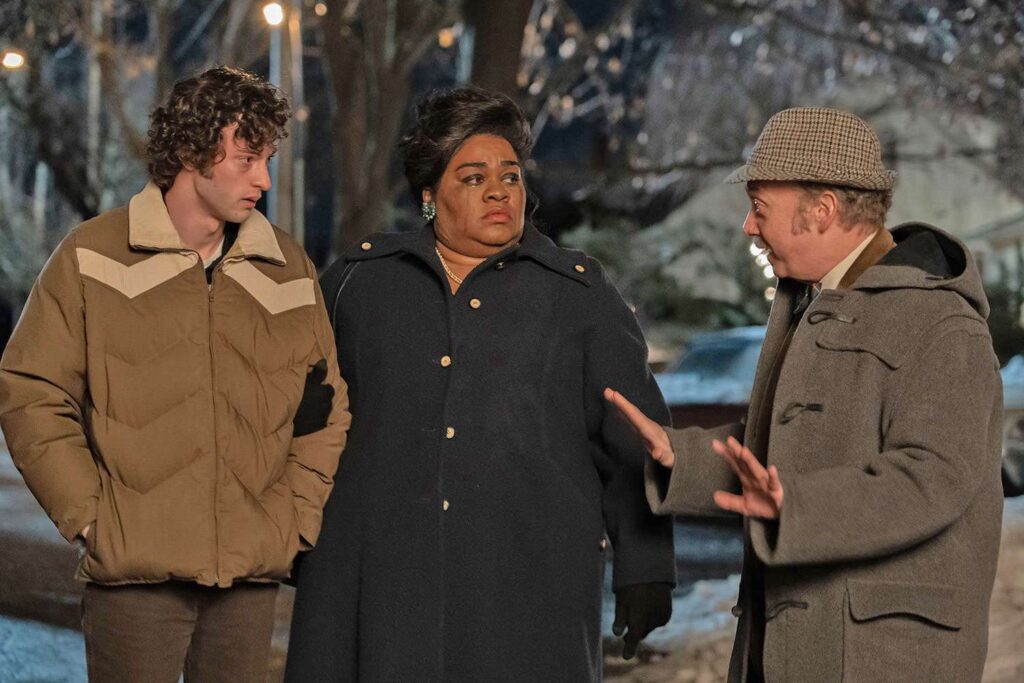
BEST SUPPORTING ACTRESS
- Da’Vine Joy Randolph “The Holdovers”
- Danielle Brooks “The Color Purple”
- Jodie Foster “Nyad”
- Viola Davis “Air”
- Rachel McAdams “Are You There God? It’s Me, Margaret”
- Sandra Huller “The Zone of Interest”
- America Ferrara “Barbie”
- Emily Blunt “Oppenheimer”
- Julianne Moore “May December”
- Claire Foy “All of Us Strangers”
(Juliette Binoche “The Taste of Things,” Rosamund Pike “Saltburn,” Erika Alexander “American Fiction,” Cara Jade Myers “Killers of the Flower Moon” honorable mention)

BEST DIRECTOR
- Christopher Nolan “Oppenheimer”
- Greta Gerwig “Barbie”
- Justine Triet “Anatomy of a Fall”
- Jonathan Glazer “The Zone of Interest”
- Chad Stahelski “John Wick Chapter 4”
- Cord Jefferson “American Fiction”
- Alexander Payne “The Holdovers”
- Celine Song “Past Lives”
- Andrew Haigh “All of Us Strangers”
- Takashi Yamazaki “Godzilla Minus One”
(J.A. Bayona “Society of the Snow,” Ben Affleck “Air,” Kelly Fremon Craig “Are You There God? It’s Me, Margaret,” Bradley Cooper “Maestro,” Sean Durkin “The Iron Claw” and Davis Guggenheim “Still: A Michael J. Fox Movie”)

ENSEMBLE
- Oppenheimer
- Barbie
- Air
- The Holdovers
- The Iron Claw
- The Color Purple
- Rustin
- All of Us Strangers
- Origin
- American Fiction

SCREENPLAY – ORIGINAL
- Greta Gerwig and Noah Baumbach “Barbie”
- David Heminson “The Holdovers”
- Justine Triet and Arthur Harari “Anatomy of a Fall”
- Celine Song “Past Lives”
- Alex Convery “Air”
- Kristoffer Borgli “Dream Scenario”
- Nicole Holofcener “You Hurt My Feelings”
- Samy Burch, Alex Mechanik “May December”
- İlker Çatak, Johannes Duncker “The Teachers’ Lounge”
- Bettina Gilois, Hernán Jiménez, Alejandra Márquez Abella “A Million Miles Away”
- Ray Romano, Mark Stegemann “Somewhere in Queens”

SCREENPLAY – ADAPTED
- Christopher Nolan “Oppenheimer” (based on the book “American Prometheus” by Kai Bird, Martin J. Sherwin)
- Cord Jefferson “American Fiction” (based on the book “Erasure” by Percival Everett
- Andrew Haigh “All of Us Strangers” (based on the Taichi Yamada novel)
- Jonathan Glazer “The Zone of Interest” (based on the Martin Amis novel)
- Kelly Fremon Craig “Are You There God? It’s Me, Margaret” (based on the book by Judy Blume)
- “Dumb Money” Rebecca Angelo, Lauren Schuker Blum (based on the book by Ben Mezrich)
CINEMATOGRAPHY
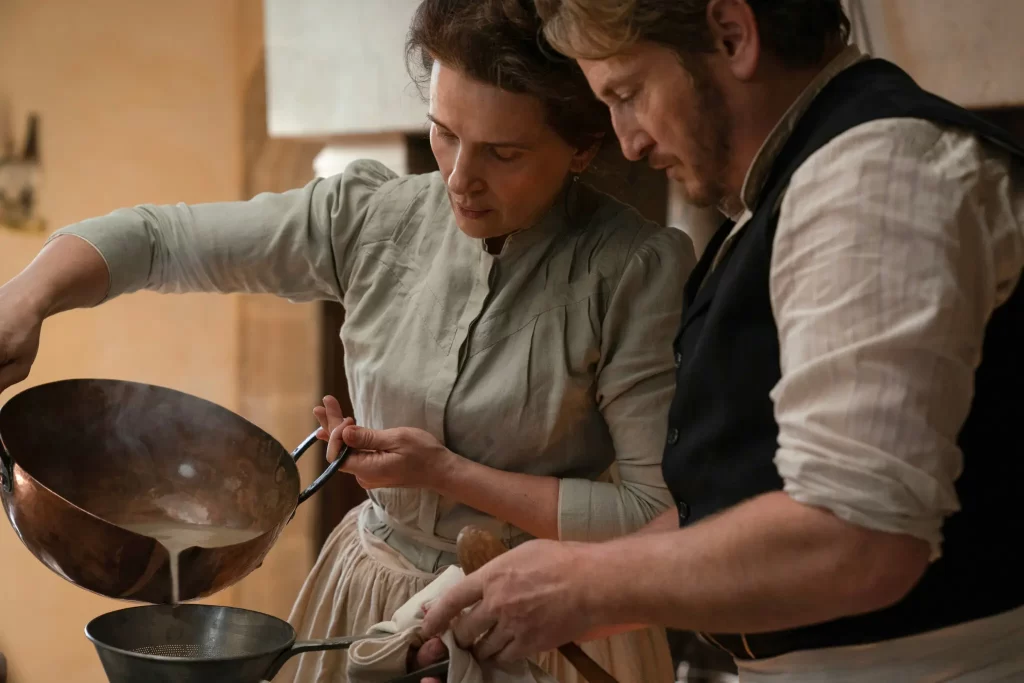
1. Hoyte de Hoytema “Oppenheimer”
2. Rodrigo Prieto “Killers of the Flower Moon”
3. Matthew Libatique “Maestro”
4. Jonathan Ricquebourg “The Taste of Things”
5. Rodrigo Prieto “Barbie”
6. Erik Messerschmidt “The Killer”
7. Claude Mirando “Nyad”
8. Jamie D. Ramsay “All of Us Strangers”
9. Simon Beaufils “Anatomy of a Fall”
10. Dan Laustsen “John Wick Chapter 4”
(Pedro Luque “Society of the Snow.” Haris Zambarloukos “A Haunting in Venice,” Linus Sandgren “Saltburn” honorable mention)
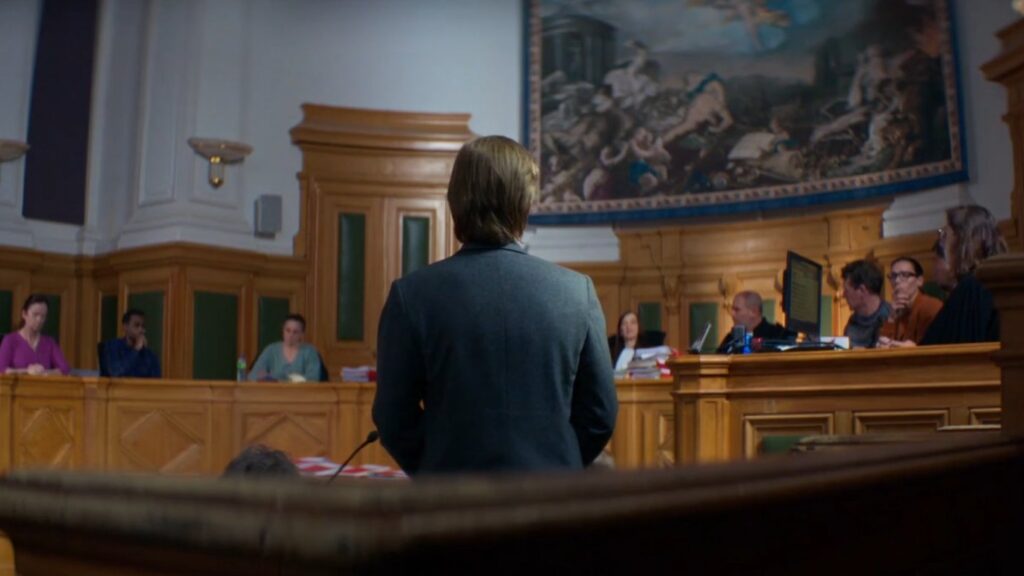
BEST EDITING
- Oppenheimer, Jennifer Lame
- The Killer, Kirk Baxter
- Anatomy of a Fall, Haris Zambarloukos
- The Zone of Interest, Paul Watts
- John Wick: Chapter 4
- Still a Michael J. Fox Movie
- Barbie, Nick Houy
- American Fiction, Hilda Rasula
- The Iron Claw, Matthew Hannam
- The Holdovers, Kevin Tent
- John Wick Chapter 4, Nathan Orloff
- Missing, Austin Keeling, Arielle Zakowski

PRODUCTION DESIGN
1.Asteroid City, Adam Stockhausen
2. Barbie, Sarah Greenwood
3. Wonka, Nathan Crowley
4. The Holdovers, Ryan Smith
5. Maestro, Kevin Thompson
6. Taste of Things, Toma Baqueni
8. Priscilla, Tamara Deverell
9. Oppenheimer, Ruth De Jong
10. Killers of the Flower Moon, Jack Fisk
(Suzie Davies “Saltburn,” John Paul Kelly “A Haunting in Venice,” Arthur Max “Napoleon,” François Audouy “Air,” Steve Saklad “Are You There God? It’s Me, Margaret” and Shona Heath, James Price “Poor Things”)
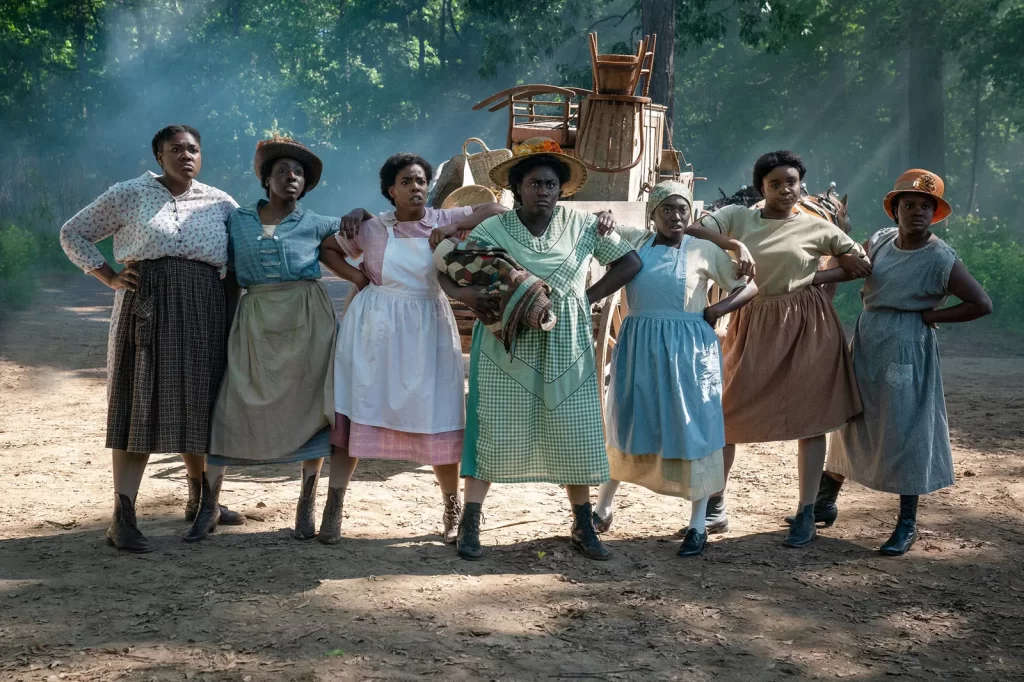
COSTUME DESIGN
1. Barbie
2. The Color Purple
3. Maestro
4. Killers of the Flower Moon
5. Priscilla
6. Are You There, God? It’s Me Margaret”
7. Oppenheimer
8. Napoleon

MUSIC SCORE
1. Oppenheimer
2. The Boy and the Heron
3. Spider-Man: Across the Spider-Verse, Daniel Pemberton
4. The Holdovers
5. American Symphony, Jon Batiste
6. Indiana Jones and the Dial of Destiny, John Williams
7. A Haunting in Venice
MUSIC SOUNDTRACK
1. Barbie
2. Air
3. Maestro
4. The Holdovers
5. Flora and Son
6. Dumb Money
7. Wonka

VISUAL EFFECTS
- Oppenheimer
2. Godzilla Minus One
3. John Wick: Chapter 4
4. Spider-Man: Across the Spider-Verse
5. Society of the Snow
6. Wonka
7. Guardians of the Galaxy

STUNT TEAM
1. John Wick Chapter 4
2. Mission: Impossible – Dead Reckoning Part One
3. The Iron Claw
4. Indiana Jones and the Dial of Destiny

ANIMATED FEATURE
1.The Boy and the Heron
2. Nimona
3. The Peasants
4. Spider-Man: Across the Spider-Verse
5. Robot Dreams
6. Elemental
7. Teenage Mutant Ninja Turtles: Mutant Mayhem
8. Ernest and Celestine: A Trip to Gibberitia
9. They Shot the Piano Player
10. Leo

DOCUMENTARY FEATURE
- Still A Michael J. Fox Movie
2. American Symphony
3. Beyond Utopia
4. 20 Days in Mariupol
5. It Ain’t Over
6. The Lady Bird Diaries
7. King Coal
8. Stamped from the Beginning
9. Aurora Sunrise
10. Bad Press
(The Eternal Memory, Little Richard: I Am Everything, Immediate Family, The Disappearance of Shere Hite, Chasing Chasing Amy, Sly)

COMEDY
1. Barbie
2. Dream Scenario
3. The Holdovers
4. Are You There God? It’s Me Margaret
5. They Cloned Tyrone
6. What’s Love Got to Do With It?
7. Dumb Money
8. You Are So Not Invited to My Bat Mitzvah
9. Theater Camp
10,. Quiz Lady
10. Shotgun Wedding
ACTION

- John Wick Chapter 4
2. Mission Impossible – Dead Reckoning, Part One
3. Guy Ritchie’s The Covenant
4. Godzilla Minus One
5. The Killer
6. The Equalizer Part 3
7. Gran Turismo

BEST INTERNATIONAL FEATURE
1. The Zone of Interest
2. Anatomy of a Fall
3. The Teachers’ Lounge
4. Society of the Snow
5. Perfect Days
6. Afire
7. The Peasants
8. Godzilla Minus One
9. Fallen Leaves
10. The Taste of Things

BEST SCENE
1.America Ferrara’s monologue on the impossible standards set for women in “Barbie”
2. Bernstein Conducting Mahler’s Symphony No. 2 “Resurrection” in the Ely Cathedral in “Maestro”
3. Observers commenting on trio at the bar in “Past Lives”
4. Trinity test in “Oppenheimer”
5. Staircase fight in Paris in “John Wick Chapter 4”
6. Fight replay at the trial in “Anatomy of a Fall”
7. Tilda Swinton restaurant scene in “The Killer”
8. Joe talking to his son on the roof in “May December”
9. Finale in “The Zone of Interest”
10. Matt Damon predicts the future in “Air”

BEST DOCUMENTARY SHORT
- The Last Repair Shop
- The ABC’s of Book Banning
- Deciding Vote
- The Barber of Little Rock
BEST JUVENILE PERFORMANCES
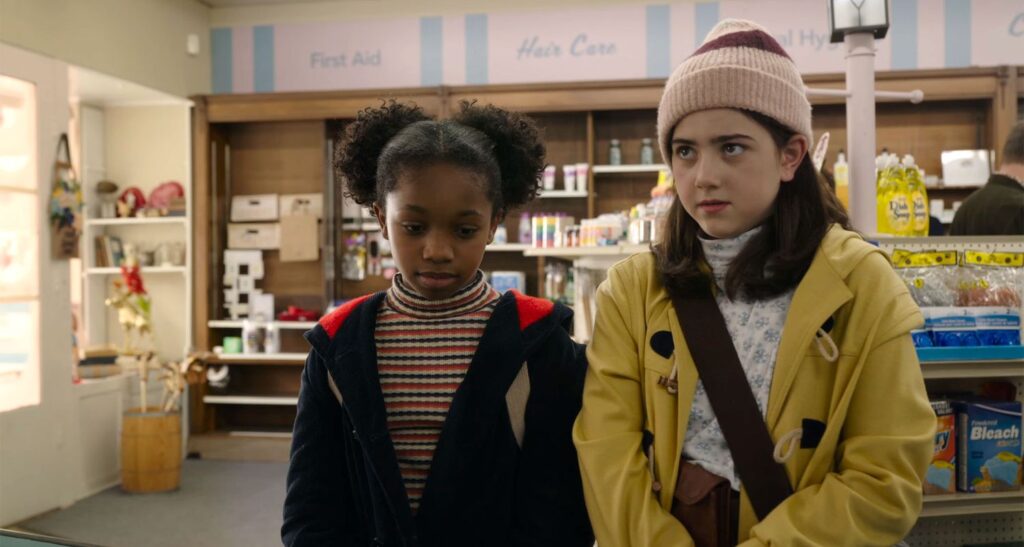
- Dominic Sessa, “The Holdovers”
- Abby Ryder Fortson, “Are You There God? It’s Me Margaret”
- Milo Machada Graner, “Anatomy of a Fall”
- Josiah Cross, “A Thousand and One”
- Aaron Kingsley Adetola, “A Thousand and One”
- Aven Courtney, “A Thousand and One”
- Arianna Greenblatt, “Barbie”
- Leo Stettnisch, “Teachers’ Lounge”
- Callah Lane, “Wonka”
- Oren Kinlan, “Flora and Son”







